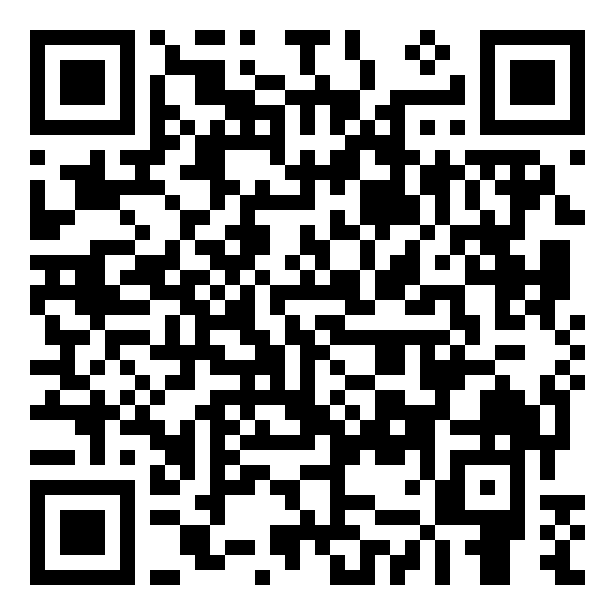
Assay Development and Screening
Large-batch evaluation of cell counter instrument-to-instrument consistency for cell therapy applications
- JB
Jordan Bell, PhD
R&D Scientist
Nexcelom Bioscience
Salem, NH, United States
Primary Author - December Poster(s)
Cell therapy has been hailed as a medical revolution, and its rise has only increased the importance of accuracy and precision in cell counting. Ensuring the identity, purity, and viability of cell therapy products is critical for increasing efficacy and avoiding potential harmful side effects. A significant portion of this burden now rests on sample analysis by automated cell counters.
As cell therapies move from experimentation to production, the need is growing for higher consistency in cell counting instrumentation. Confidence in a particular cell counting method is reduced if several “identical” instruments disagree on the cell concentration and viability for a given sample. Such comparison among several instruments is rarely done, however, largely due to logistical challenges. Instead, measurements are usually collected with a single instrument and taken at face value, running the risk of discrepancy if a process is moved to a new instrument – transferred from R&D to production, for example.
In this work we compare two distinct cell counting instruments. Both instruments are capable of brightfield and fluorescence imaging and are growing in their adoption within the cell therapy community. The first is a well-established single-sample counter utilizing disposable slides (Cellometer K2). The second instrument is a relatively new high-throughput cell counter designed for integration into automated workflows (Cellaca MX). We selected these two instruments for comparison in order to investigate consistency between a counter that may be used in an R&D setting, and a high-throughput cell counter that may be used in manufacturing.
In order to compare large pools of instruments, we use fluorescent beads that are locked in a cured polymer. These samples were observed to be stable and resistant to photobleaching, making them ideal for a longitudinal study. We analyzed these samples using identical instrument settings over a span of more than a year. These samples allow us to investigate agreement among 58 Cellometer K2 instruments and 40 Cellaca MX instruments, what we believe is the largest group of cell counting instruments to be involved in a single comparison study.
Our work illustrates experimental methods suitable for the comparison of multiple cell counting methods. We measure consistency among the cell counters, both within groups of similar instruments and between instrument types. This consistency encourages optimism for “future-proof” assays that can survive the transition from R&D to production with minimal adjustment.
 View Leader Board
View Leader Board
SLAS Events

1st Prize - Comp Reg + Hotel/Airfare to SLAS2023 in San Diego
2nd Prize - $50 Starbucks Gift Card
3Rd Prize - $25 AMEX Gift Card
Keep an eye on the leader boards to see who’s at the TOP. Winners will be announced after SLAS2022.
Each participating poster in the exhibit hall will have a QR code next to it. For virtual participants, look for the scavenger hunt icon for participating posters.
